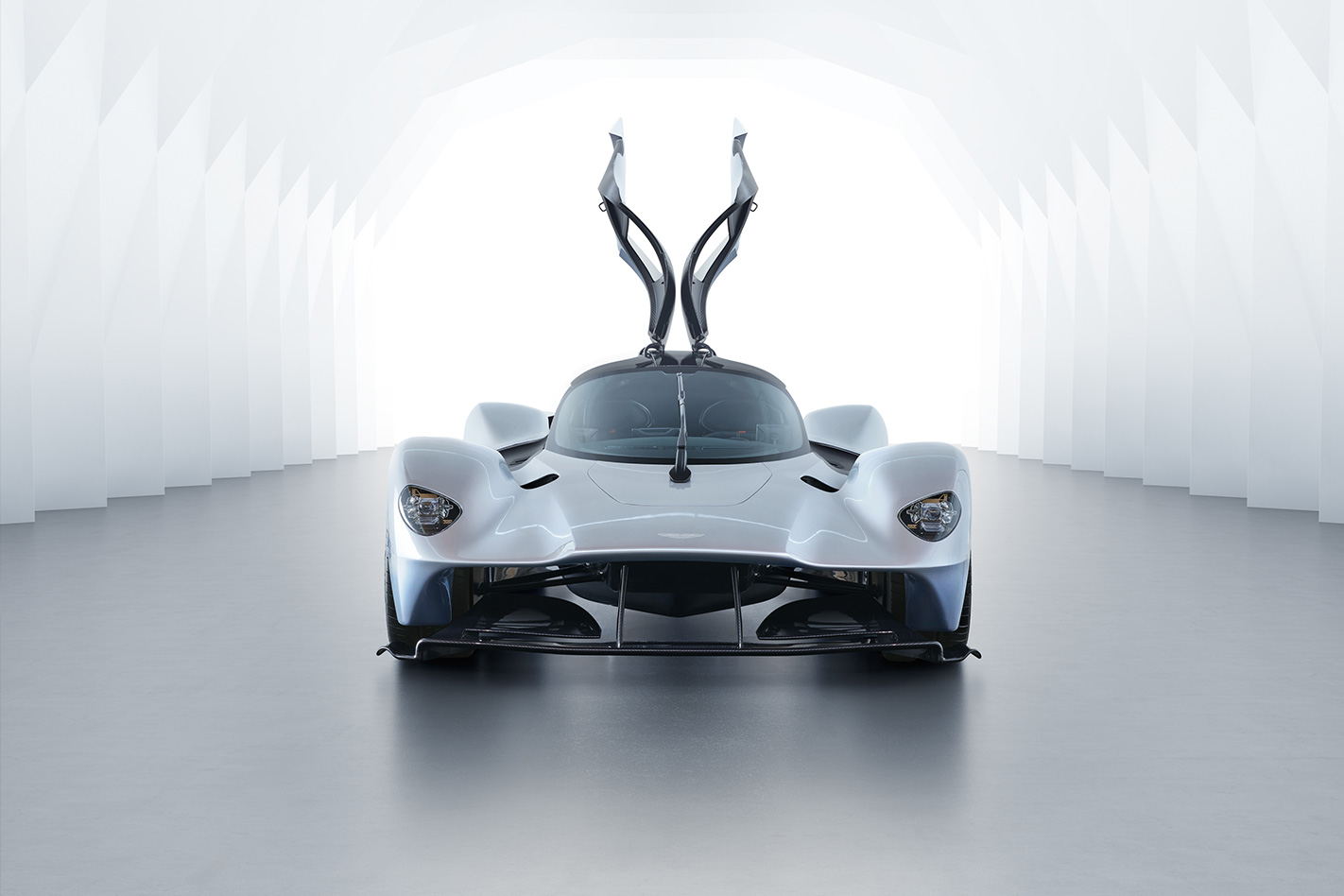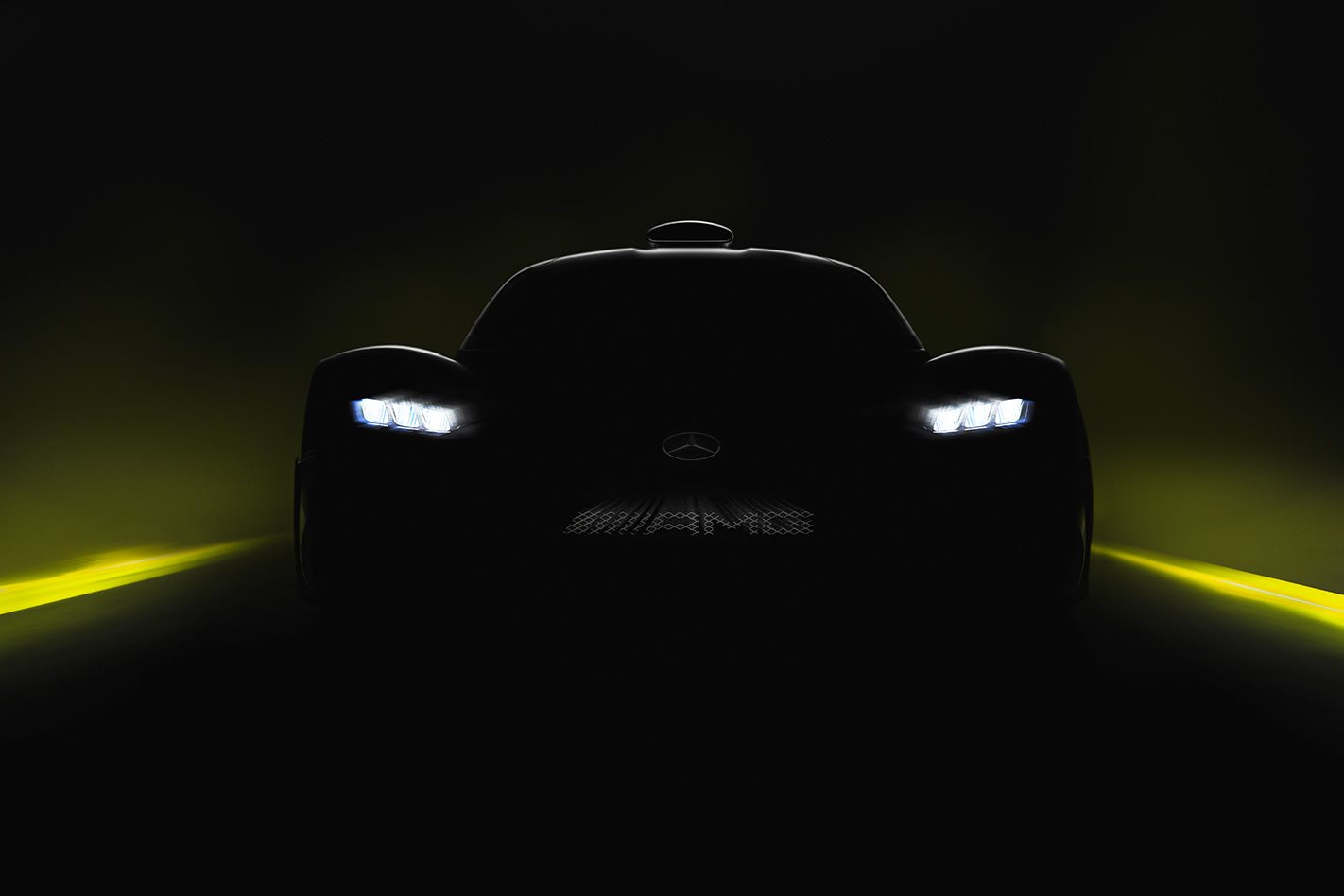WITH the hype machine now in full swing ahead of Mercedes-AMG’s Project One reveal at the Frankfurt motor show, the German carmaker is poised to deliver a vehicle which it says “brings Formula 1 technology to the road” but should we be sceptical?
In its most recent Project One update, AMG promises its hypercar will deliver in excess of 740kW and a top speed beyond 350km/h, which certainly sounds like race car territory, but it is not the first time the world has been on tenterhooks waiting for an F1 car for the road.
Until the eagerly awaited Project One rolls out in Germany, just how much F1 DNA courses through its veins remains to be seen, but here’s a look back at how close manufacturers have previously come to producing a true F1 road car.
BMW M5
When BMW returned to Formula 1 in the 1990s it designed a new V10 engine to power the Williams team car after engine supplier Renault pulled out, and the lessons it learned while developing the unorthodox 10-cylinder layout were applied to a road car.
The resulting S85 engine powered the fourth-generation M5 and mechanically related M6, supplying a healthy 373kW, a spine-tingling soundtrack and stratospheric 8250 rpm redline. However, it was related to the V10 race engine in configuration alone.
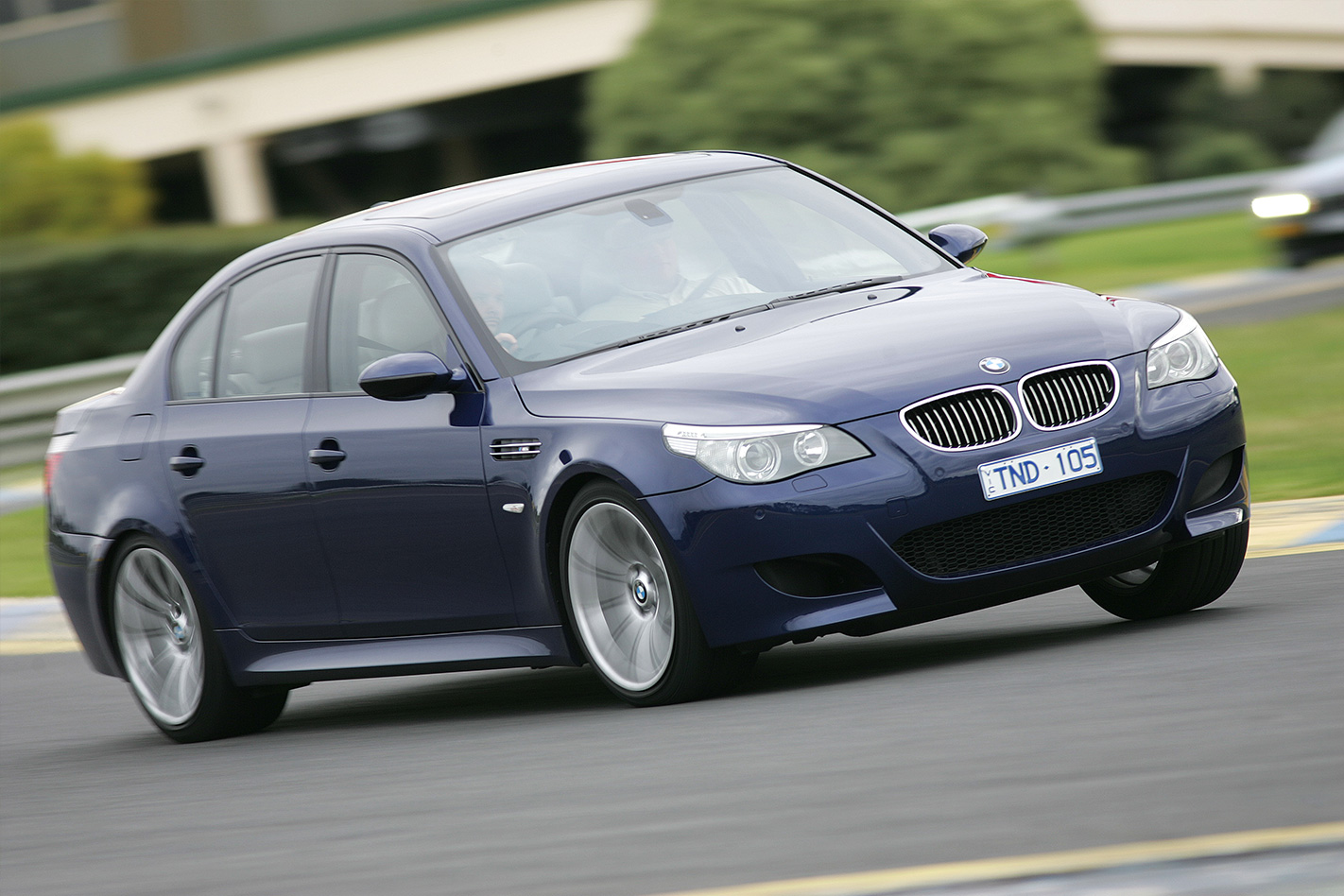
To build the manic M12 and M13 race engines, BMW sourced used M10 road car engines because the second hand castings were nicely tempered and more durable than a freshly made cylinder block.
If you were driving around in any M10-powered BMW in the 1980’s such as the 316 or 318i, you technically had a little F1 soul under your bonnet.
Porsche Carrera GT
A screaming V10 also powered the 2004 Porsche Carrera GT. With 450kW emanating from its naturally aspirated 5.7 litres, the GT’s bent-ten was originally intended to slot into a Formula 1 car.

The engine was instead repurposed for endurance racing and found its first application in a Le Mans prototype racer which also failed to hit the track in anger, but the engine lived on in lightly altered form for the Carrera GT.
Ferrari F50
To celebrate its 50th anniversary, Ferrari unveiled a car it said was the closest interpretation of a road-legal Formula 1 car: the F50. Like the other cars we are revisiting here, the F50 had an engine loosely related to a race-going F1 powertrain, but went a step further by adopting push-rod suspension, unassisted brakes a carbonfibre chassis, paddle shifters and vehicle setting mode buttons on the steering wheel .
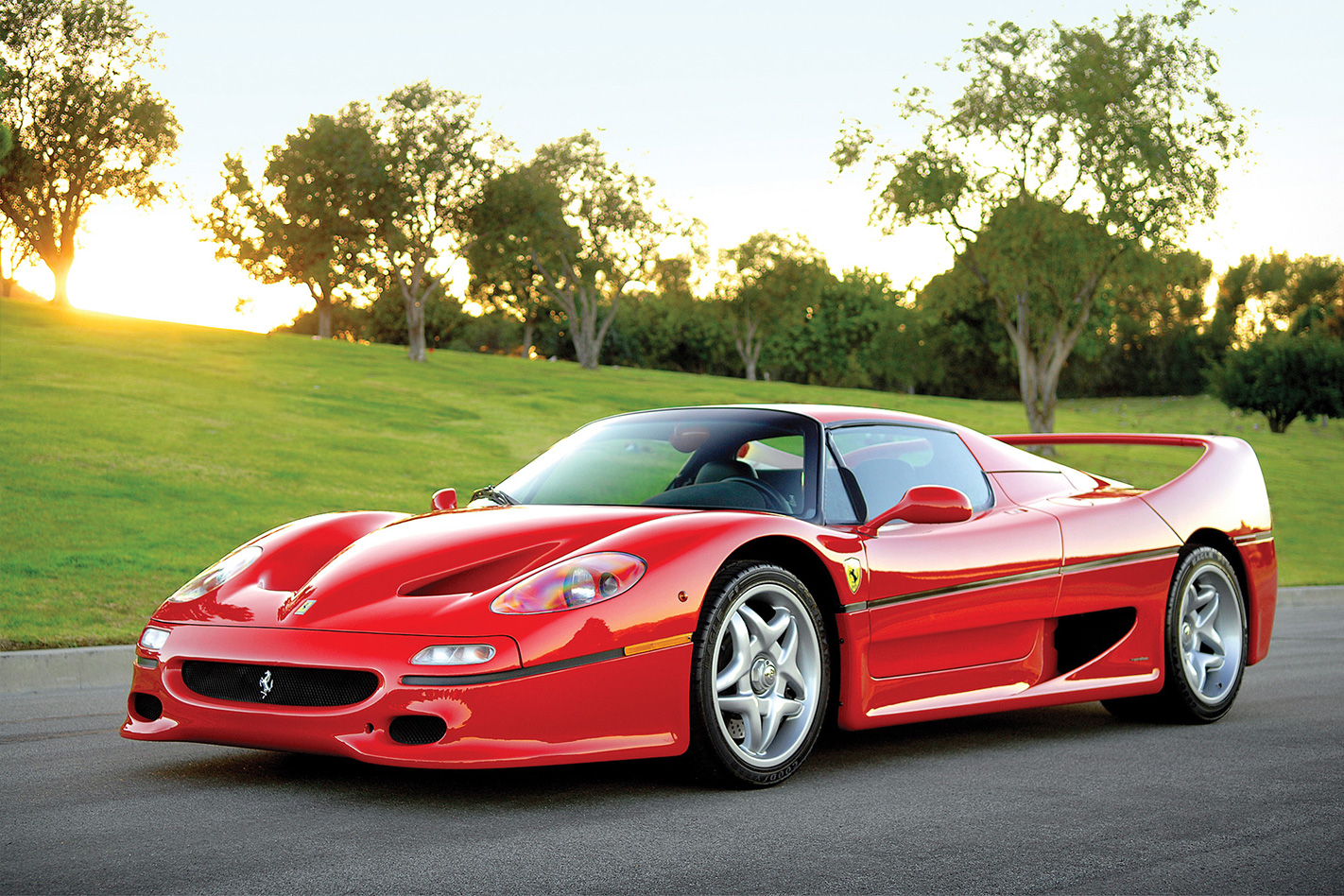
Ferrari FXX-K
It’s hard to imagine how the already-insane Ferrari LaFerrari could be sharpened to a finer point but Ferrari did exactly that when it set about producing the FXX-K. The car shared the same hybrid electric drivetrain of the LaFerrari but added the HY-KERS energy recovery system, lifted directly from the F1 car.
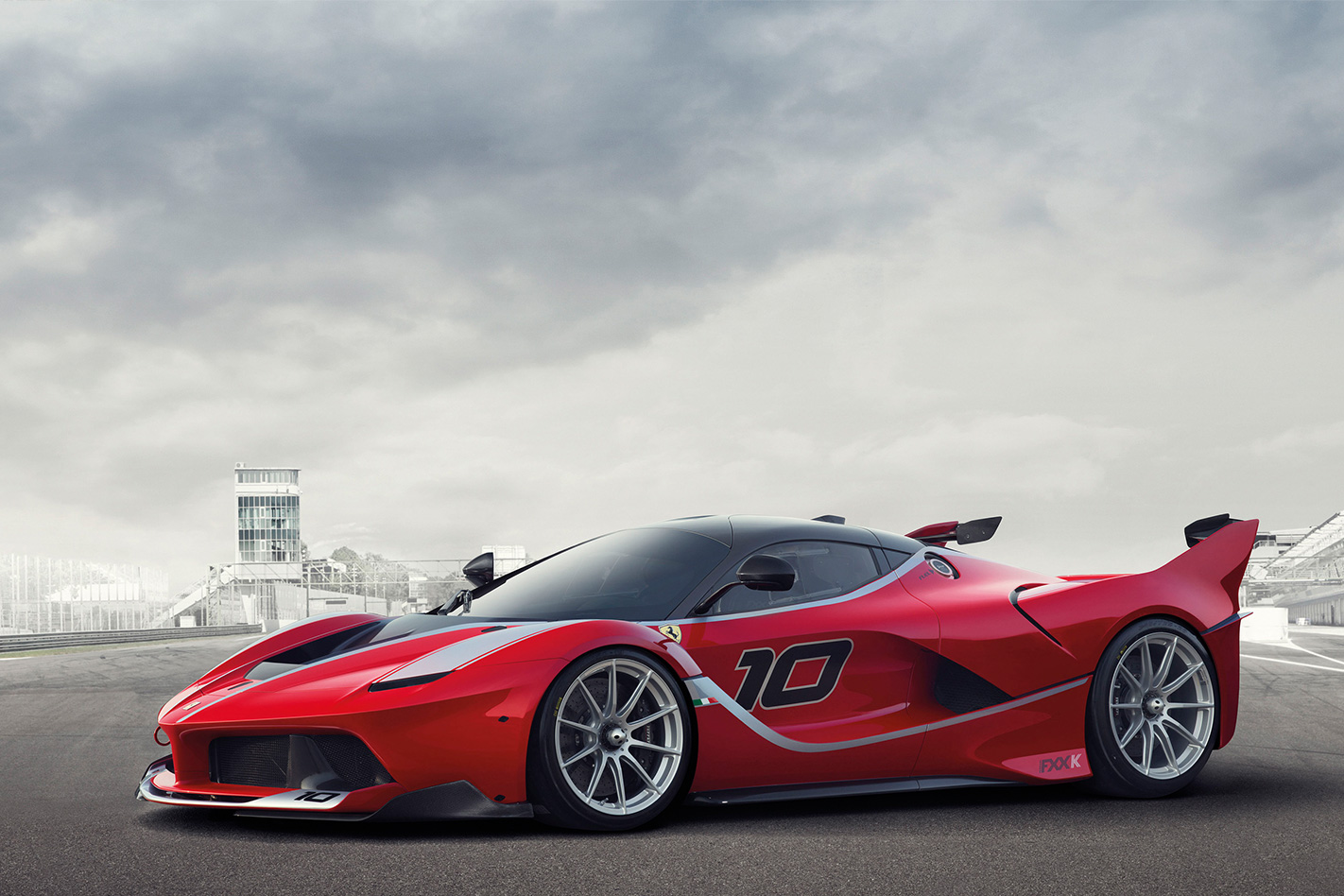
Caparo T1
In each case, the cars above may have potent F1-derived systems and technology that filters down from the various teams, but if you’re after the most uncompromising interpretation of the ‘racecar for the road’ ethos it’s hard to look past the Caparo T1.
It might not brag any connection to a particular Formula 1 team, but the mind-bending British car is about as close as you can get to a registerable open-wheeled F1 machine. Power comes from a high-revving 3.5-litre V8, its body would not look out of place on the start grid at Monaco, and its cockpit maintains the spirit of a single-seater but packaged for two people – just.

Which brings us to the only natural rival for Mercedes’ most potent road car to date and another vehicle that owes a lot to Formula 1 – the Aston Martin Valkyrie.
Aston Martin Valkyrie
Until the British car maker reveals all, the monstrous hypercar’s precise performance and intimate design details remain under wraps. Nevertheless, the collaboration with Red Bull racing will certainly result in many engineering advantages that find their roots on the track.
The Valkyrie’s body was co-designed by Marek Reichman and legendary F1 aerodynamicist Adrian Newey and is powered by a hybrid electric powertrain that uses a 6.5-litre Cosworth V12. Its power to weight ratio is a mega 1:1, which bodes extremely well for its performance. If anything is going to give the Mercedes-AMG Project One a run for its money, the Aston is it.
